News – A very interesting Tesco replenishment development…..

Steve Dresser
Founder of Grocery Insight & retail influencer
"The man supermarket CEO's turn to" - BBC"
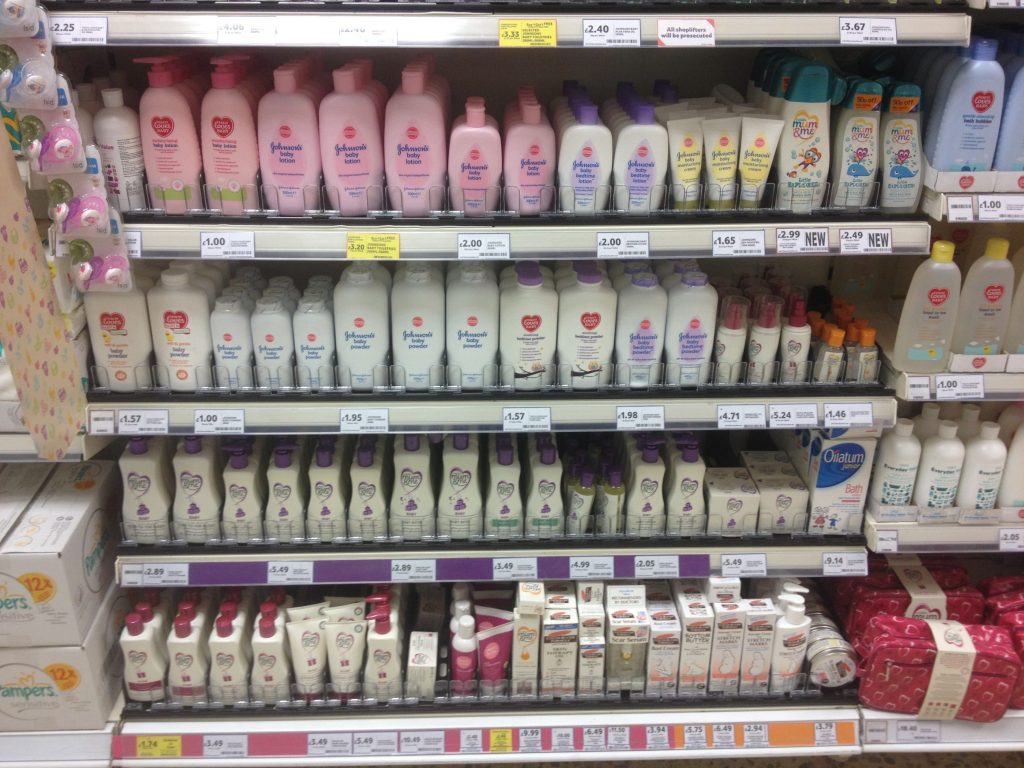
Tesco are nearing a rollout of a ‘self facing’ shelving solution which will allow shelves to look ‘full’ even when a customer takes a product from the shelf, this isn’t a retailing utopia – this is a reality…
The use of ‘in line’ shelving isn’t anything new for Tesco. this allows bottles to be merchandised on individual ‘lanes’ which prevents the problem of similar SKU’s merging at the back of the shelf. Aiding stock control, replenishment and hopefully, sales…
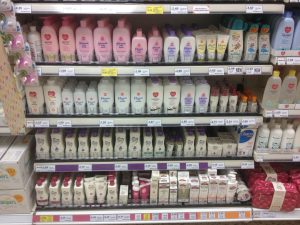
This trial is different, it showcases similar technology as used on Cigarettes and Spices which enables product to ‘push’ forward when a colleague / customer takes the first one from the shelf. Using spring loaded equipment enables the product to be permanently ‘faced’ even when a customer is purchasing. That is of course, until the shelf is emptied.
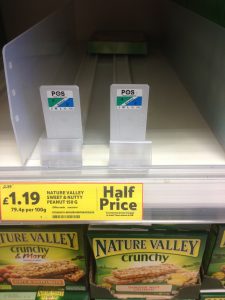
So we can see that the benefits are obvious from the customer viewpoint, ‘full’ shelves that are well presented and entice the customer to purchase. Similarly where the equipment is used (not across all categories due to weight / size / shape) this reduces the need to ‘rumble’ through the day. Helping the stores.
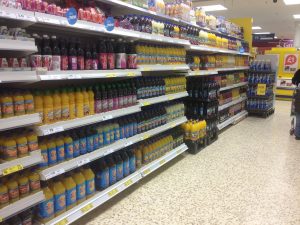
There are areas where the ‘push’ forward equipment isn’t suitable, heavier Grocery categories for example such as Juice / Oils / Canned Goods – the first two benefit from the ‘in-line’ shelving which can be lifted up thus bringing all the bottles to the front.
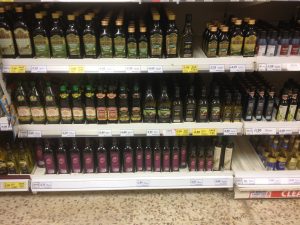
This solution isn’t suitable for fresh food, which in the main is untouched by this new replenishment strategy, however Ready Meals / Prepared Fish do get ‘roller’ shelving, allowing the product to slide down once a unit is picked up.
The equipment is also used on Frozen, Tea/Coffee Ham and could be expanded further. I’m led to believe sales were favourable, with Oils up 4.5% and Coffee up 6.7% using the new equipment.
The trial and expected rollout looks to be well thought out, it will certainly improve the shopping experience from a customer viewpoint (fuller shelves) but as ever, the fear with Tesco is that they’ll get very excited at the level of cost saving this could generate.
There is more work involved in the trial, a process called ‘banding, which ‘wraps’ the products together allowing a case to be placed together in the shelf holder, then the banding is removed and the holder is pushed back into the shelf. Reducing replenishment time.
However, hours available in store for ‘facing up’ were removed a long time ago, a ‘rumble’ with the entire management team (in some stores!) gets the shelves tidy but there are no extra hours for this in the budget.
The shelves, whether self facing or otherwise still need replenishing and this system could fall over very easily if replenishment on the night shift isn’t up to standard.
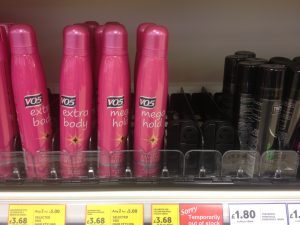
We know that metal shelving is durable, has a good payback for years of ‘life’ and durability. Adding this equipment into the mix does raise questions around how sustainable it is, will it last the day to day rigour of modern retail? What if it breaks? Back to usual replenishment? For how long?
Removing staff does save cost, it’s the easiest way to remove cost, boost profits and please shareholders. However, the Tesco way has been to consider staff as tightly managed task executors. The time taken to replenish a shelf or re-merchandise a section can be calculate easily, but delivering great service? Helping an elderly customer with her shopping?
These tasks cannot be calculated and shoppers expect staff on the shop floor, whether there is self facing equipment or otherwise.
